JUMP TO TOPIC
Flat|Definition & Meaning
Definition
In mathematics, the term flat refers to a surface that is uniform, smooth, or plane. A flat surface represents a horizontal plane and does not have any depth. Examples include planar and two-dimensional shapes, etc.
A significant portion of geometry is concerned with two-dimensional figures, like squares, circles, and triangles, which can be drawn on a sheet of paper. The study of spheres, cones, and cubes, along with other three-dimensional solid objects that are all around us, is what solid geometry is all about.
The part of an object that is visible to us and is located on its exterior is referred to as the surface of the thing. It does not have any thickness, but it does have an area. Smoothness can be seen, for instance, on the surface of a mirror. The surfaces of these solids might be flat or curved, depending on their shape.
A few good examples of flat surfaces include the surface of the walls, the floor, the tabletop of a table, and paper. In addition, the exterior of spheres, eggs, and even lemons have a curved shape. Examine the figure below for several illustrations of surfaces that are both flat. In the figure below, the square has 4 flat surfaces while the other figure has 0 flat surface, which is a circle.
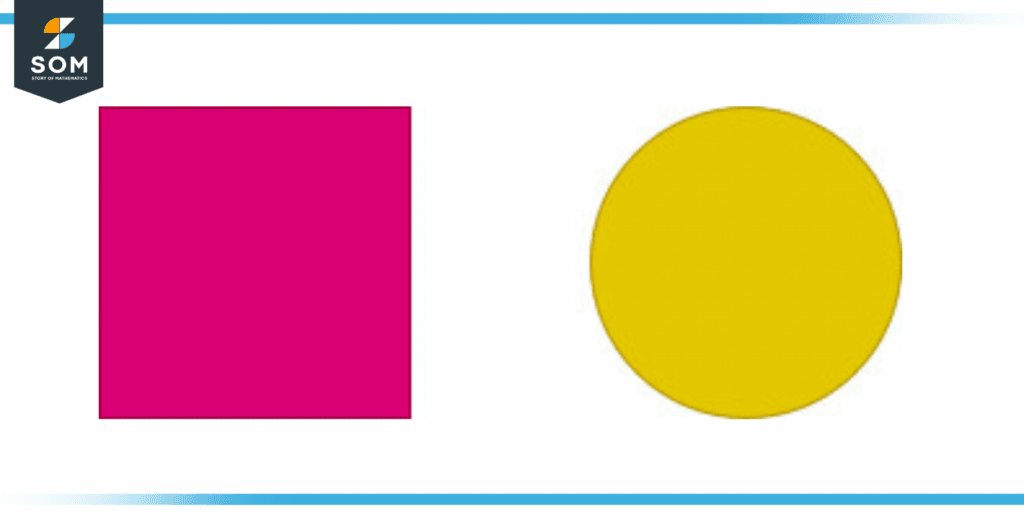
Figure 1 – Square and circle figure
What Are Flat Shapes in Math?
In mathematics, there are two different kinds of shapes: two-dimensional and three-dimensional. The two-dimensional flat shapes are solely two-dimensional, that is, they have length and width but no thickness. Any flat surface or piece of paper can be used to draw flat forms.
Some examples of flat shapes in mathematics include the square, rectangle, circle, diamond, and triangle.
Square
A square is a shape that only exists in two dimensions and is flat. It has four sides that are all the same length and four vertices. The level land area that is completely contained within a square is referred to as a square region.
Example
A good illustration of a square is a wall or table that is completely square and has four sides that are all the same length.
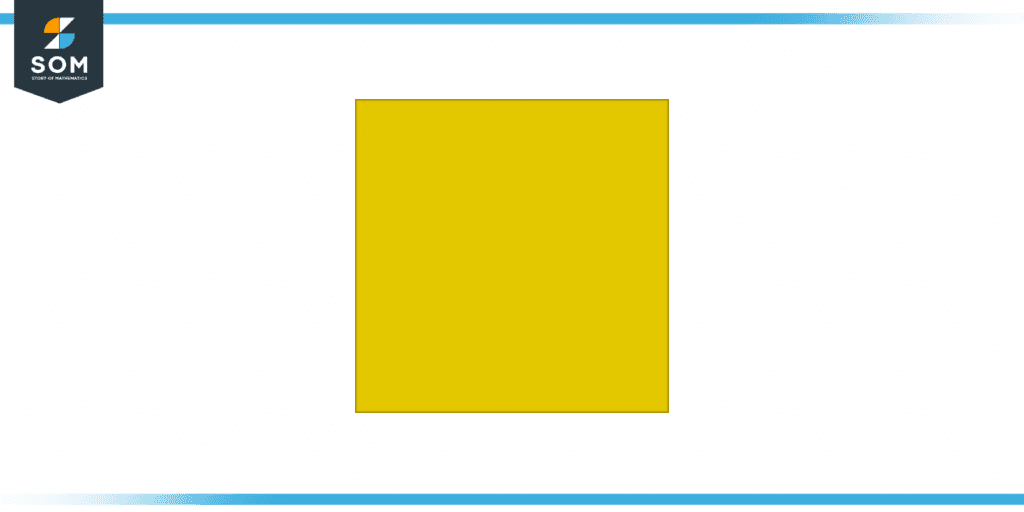
Figure 2 – Square figure showing flat surfaces
Rectangle
A rectangle is a form that is flat and only has two dimensions. Its opposite sides generally equal in length and parallel to one another. The term “rectangular region” refers to the level of land that lies inside the boundaries of the rectangle.
Example
Some examples of objects that have a rectangle shape include the chalkboard, notes for the rupee and the dollar, and so on.
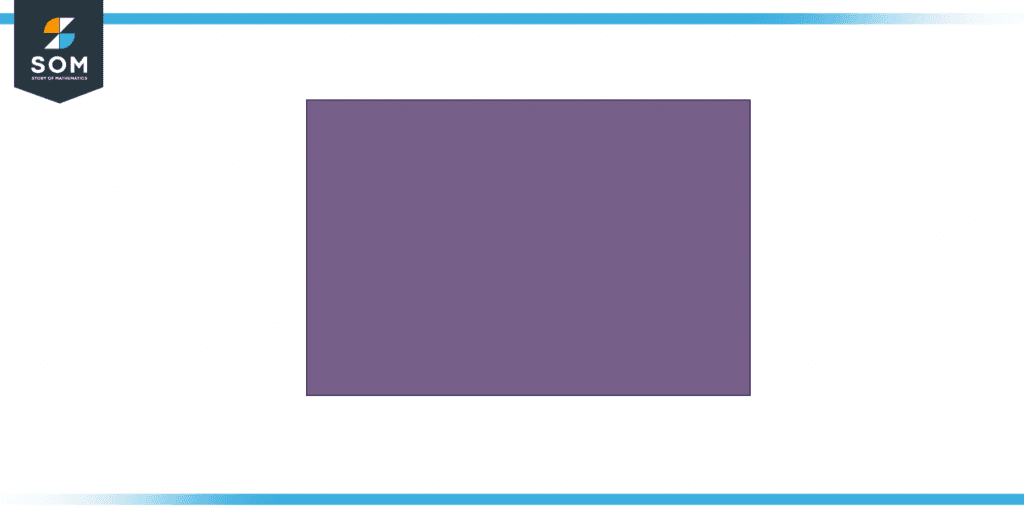
Figure 3 – Rectangle figure with 4 flat surfaces
Triangle
A triangle is a type of polygonal flat shape which has three vertices and three sides, making it a three-sided polygon. The term “triangular region” refers to the level area that is contained inside the confines of the triangle.
Example
One of the most well-known and impressive examples of a triangular shape is a pyramid.
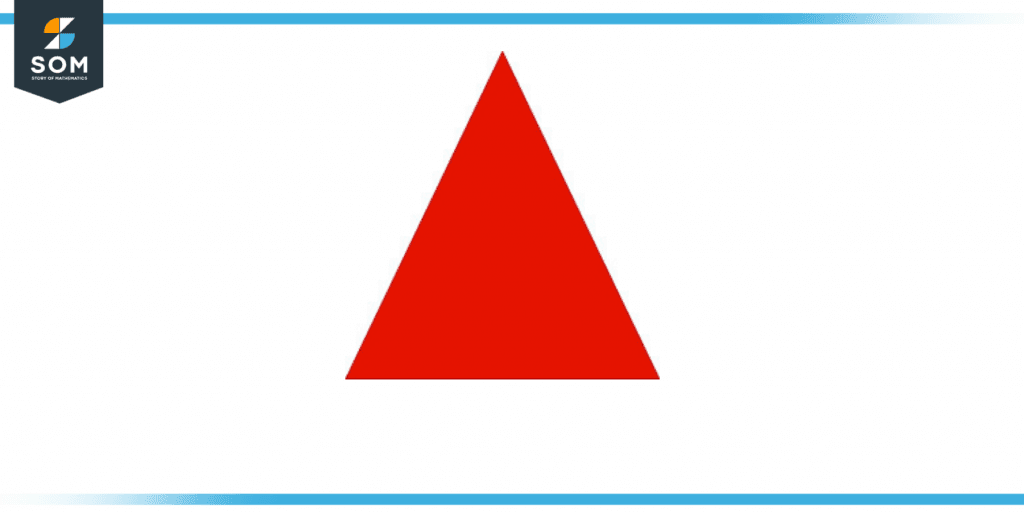
Figure 4 – Triangle with 3 flat surfaces
Circle
The circle is indeed a shape that only exists in two dimensions and has a flat perimeter that is curved. The circle lacks both sides and corners all the way around. The region that can be found inside a circle is referred to as the circular region.
Example
A few examples of objects that have circular shapes include the disc, pizza, and wall clock.
Octagon
The octagon is a flat, flat shape with eight sides. It is a shape with eight sides. The area inside the octagon that is flat is called the octagonal region.
Example
The roadside stop sign is a great example of an octagon shape.
Definitions of Common Solid and Three-Dimensional Shapes
A shape that occupies space is referred to as a solid or a three-dimensional shape. They have three dimensions: the length, the width, and the height of the object. They are everything within our grasp at this moment. They are present in the activities that we do on a regular basis. Solid shapes include things like your books and a football, for instance.
There are several characteristics that are consistent throughout all the 3D shapes. Faces, edges, as well as vertices or corners, are all examples of these types of characteristics.
The flat surface of such a solid is also known as the face of a solid. A solid’s face can be any flat shape, including squares, circles, triangles, etc. The edge is indeed the line segment that connects two faces of a solid. The place where two or even more edges meet is known as the vertex.
A solid shape may have a single surface or several surfaces. Let’s investigate the various surface kinds that solid shapes can have.
In Geometry, What Is a “Flat Surface”?
In the field of geometry, a plane is another name for a level surface. Plane geometry focuses on shapes that are flat and two-dimensional, like squares, circles, and triangles, which can be drawn on a piece of paper. Length and width are the two dimensions that make up a plane or flat shape.
A shape that occupies space is referred to as a solid or a three-dimensional shape. The term “surface” refers to the layer of such solid that is located at its outside. It is referred to as a flat surface whenever the surface of the solid is indeed a plane surface without any depths, which is another way of saying that it is flat.
Every day, we encounter a variety of flat objects in our environment. For example, the top of a book, a table, or a dresser can have a flat surface.
How to Recognize Flat Surfaces in 3D Forms
According to the previous section, a solid’s surface can be flat or curved. The surface of a three-dimensional shape is a planar figure, including such squares, circles, and triangles.
Observing cubes, cuboids, pyramids, and prisms in three dimensions reveals that they have only flat or level surfaces. Three-dimensional figures and shapes, such as a cylinder or cones, consist both of flat as well as curved surfaces. In addition, particular three-dimensional structures, such as spheres, have no flat surfaces and only one curved surface.
An object with a flat surface can be slid. If such an object seems to have a curved surface, it is possible to roll it along that surface.
An Example of Flat Shapes and Surfaces
Example
In the following figure below, how many flat surfaces are there?
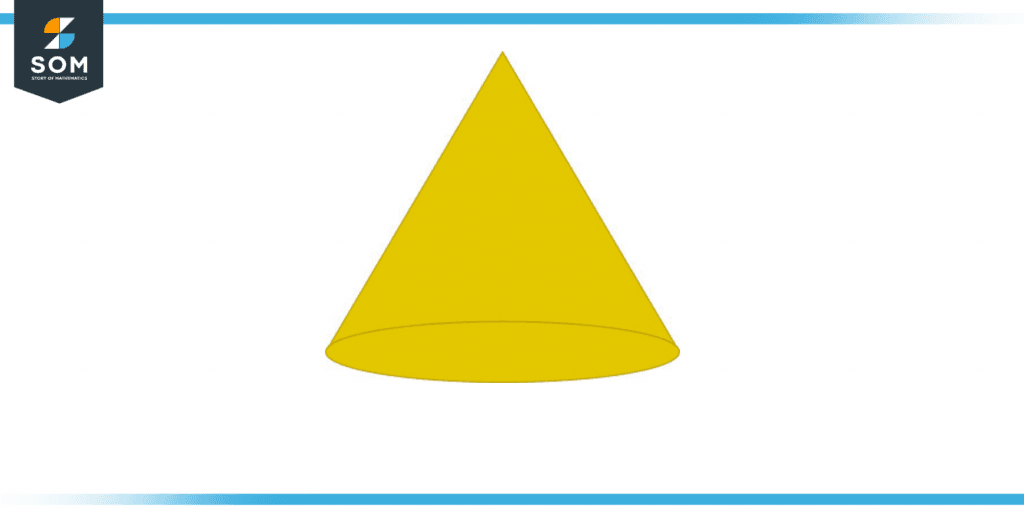
Figure 5 – Triangle with 3 flat surfaces
Solution
The given figure is of the cone.
As we can see:
The number of flat surfaces = 2
The number of curved surfaces = 1
All mathematical drawings and images were created with GeoGebra.
